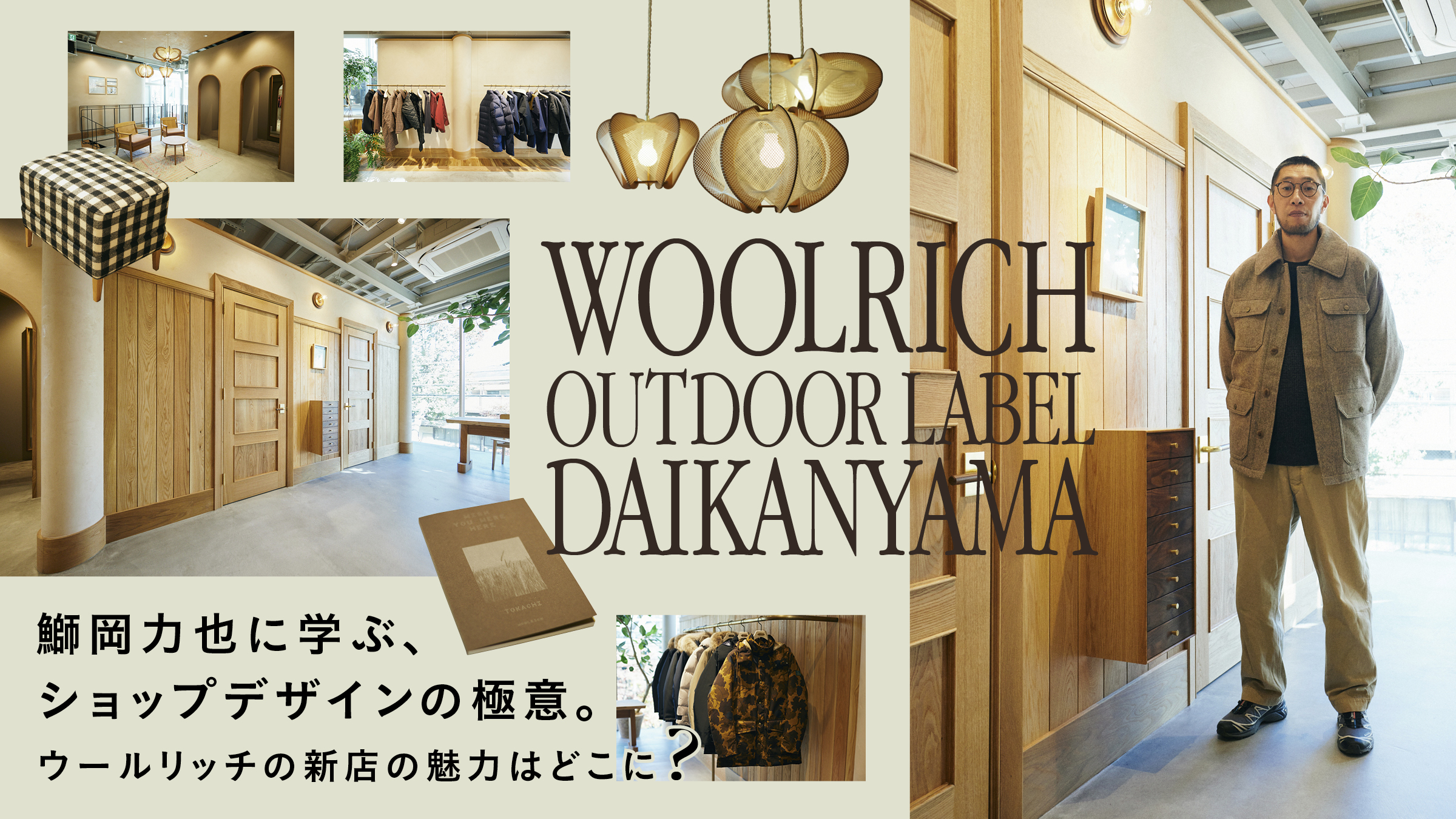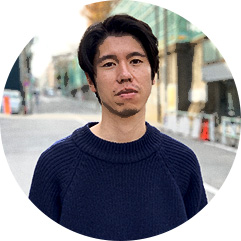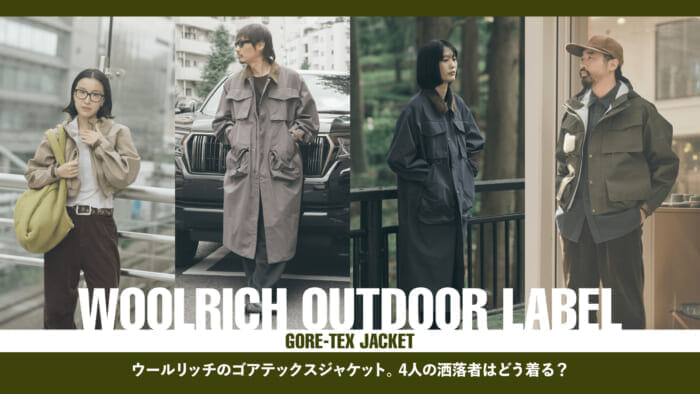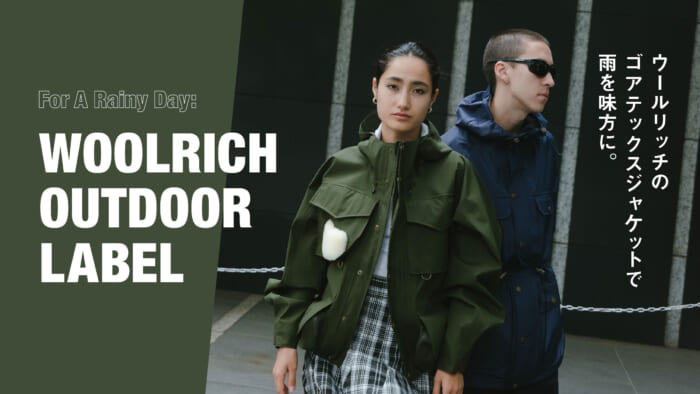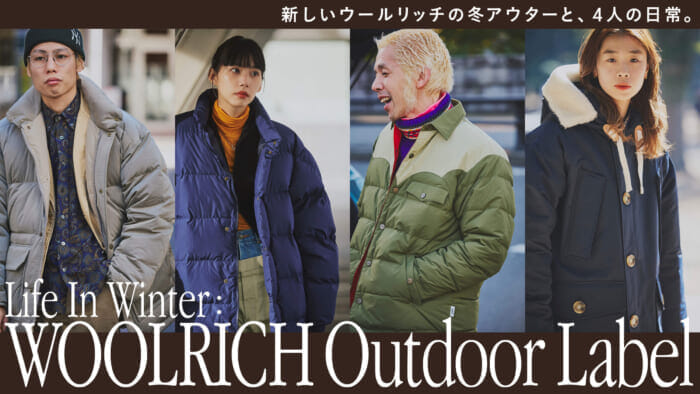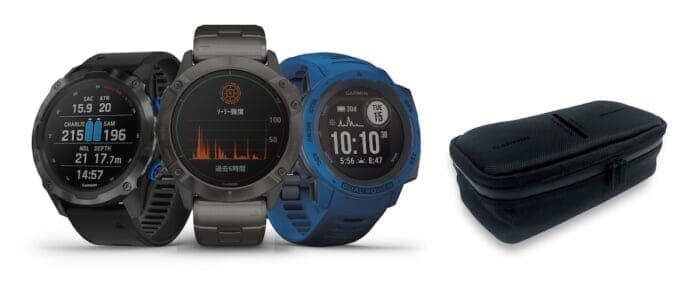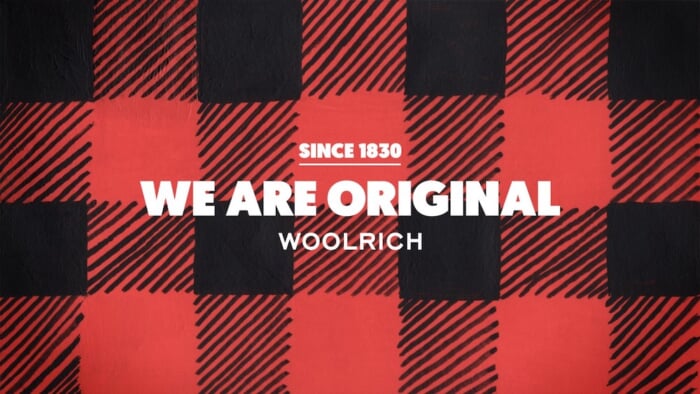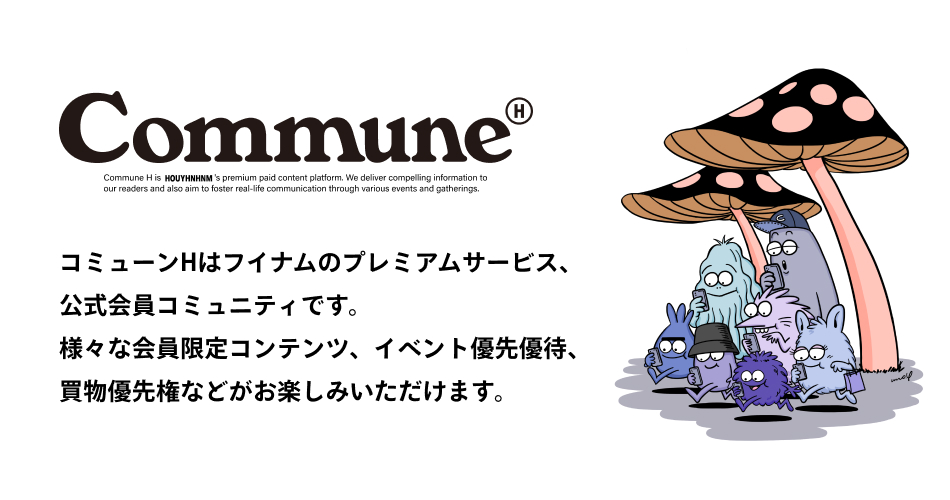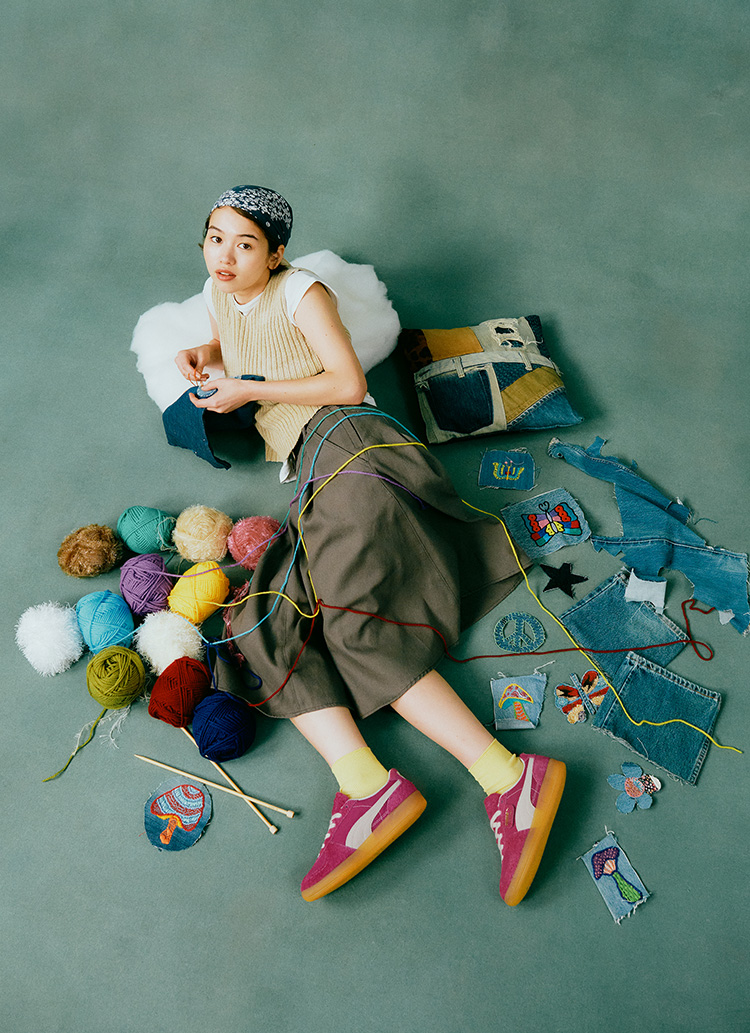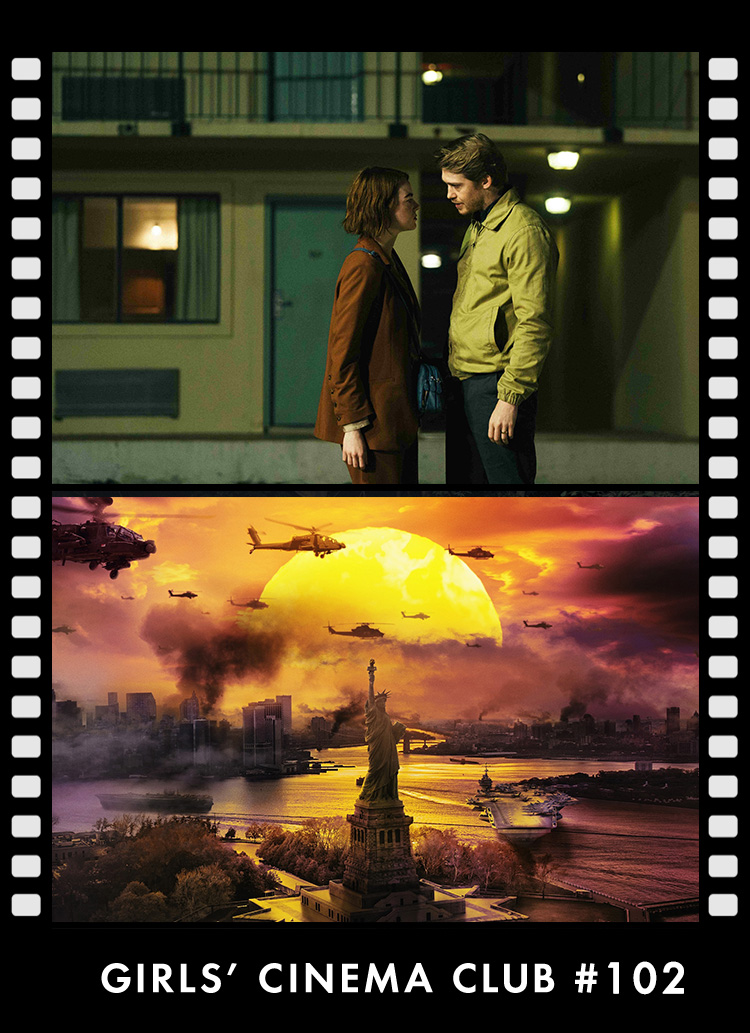A luxurious space that pushes the boundaries of selfishness.

PROFILE
Born in Tokyo in 1976. After graduating from college and working in welfare, he became interested in furniture and interior design work and joined "Gallup," a company that handles old wood and other materials. After gaining experience there, he became independent and started "Mowbray Works. His main work is furniture, but he also handles store interiors.
Instagram: @mobleyworks

I have always loved the classic country-based atmosphere. It's like people living in the American countryside, yearning for the city and modern things. I wanted to create that kind of mood in this store.
What kind of image did you have in mind when designing the store? Mr. Yellowtailoka answered these questions with sincerity. His own workshop, "Mowbray Works," is also known for its careful handcrafting using wood.


The first thing we focused on was the material. We used white oak, an oak tree, as the base. For the racks, we used brass to visually convey a stately atmosphere.


This is the fixture in the center of the first floor. White oak is also used behind these shelves. Yellowtailoka-san's specialty is to pay close attention to simplicity in areas that are generally simplified. In this store design, too, there are no blind spots.


I would like to draw your attention to the plastered wall surface. The plasterer's suggestion was to mix wool into the material. We added a slightly reddish color to the wool to harmonize with the wood. It was our first attempt to mix wool, but it turned out to be a good look, with a "wool rich" feel.

It would be easy to simply use oak as the base material. However, Mr. Toborioka is particular about the use of materials. For example, the plastering he just described is one example, but the most symbolic is the planks on the staircase.
As you can see here, we use very thick boards. Ordinary stores don't use such thick boards. That's because it costs a lot of money. But here, I pushed through with my selfishness and designed it. When you climb the stairs, you can feel the depth of the wood's texture through your feet.

The floor tiles are also made of real stone imported from Italy. We dared to expose the edges to convey the thickness of the stone.
It is strange to feel the richness of the texture when placing one's foot on each of these points. Although it is a trivial point that you would not notice if you were not told, I find Mr. Yellowtailoka's words persuasive: "There is something that works on the unconscious.


Going up to the second floor, one finds a relaxing space with luxurious use of white oak. Here, too, there are many points where Mr. Uburioka's unique handiwork shines through.

The moldings, which are decorated with uneven surfaces, are the main focus of attention. Molding is applied to the skirting boards on the top and bottom of the walls and to the door frames.


Do you see the slight depression at the very edge of the door frame? I made a special blade for this part by myself. I couldn't do this with commercially available tools, so I went all the way to a knife shop and ordered tools just for this door frame.
In the U.S. and Europe, it is common to apply moldings, and tool stores are well stocked with tools for this purpose, but in Japan, it is almost impossible to find such tools. It is a wonder that they even make the tools to create attractive designs.


Incidentally, the most time-consuming part of the project, according to Mr. Yellowtailoka, was the skirting boards. The building originally had many large pillars, so the skirting boards that covered them had to be made in a curving pattern. It took about 10 days to make it," he said.
We had to make a mold to create the curl, so we made a mold from veneer, cut a piece of white oak to 2 mm, and layered it with adhesive in a mille-feuille-like pattern. Actually, making this mold was very difficult. But that was for the sake of this store. It will only be used once, but I did my best (laughs).


